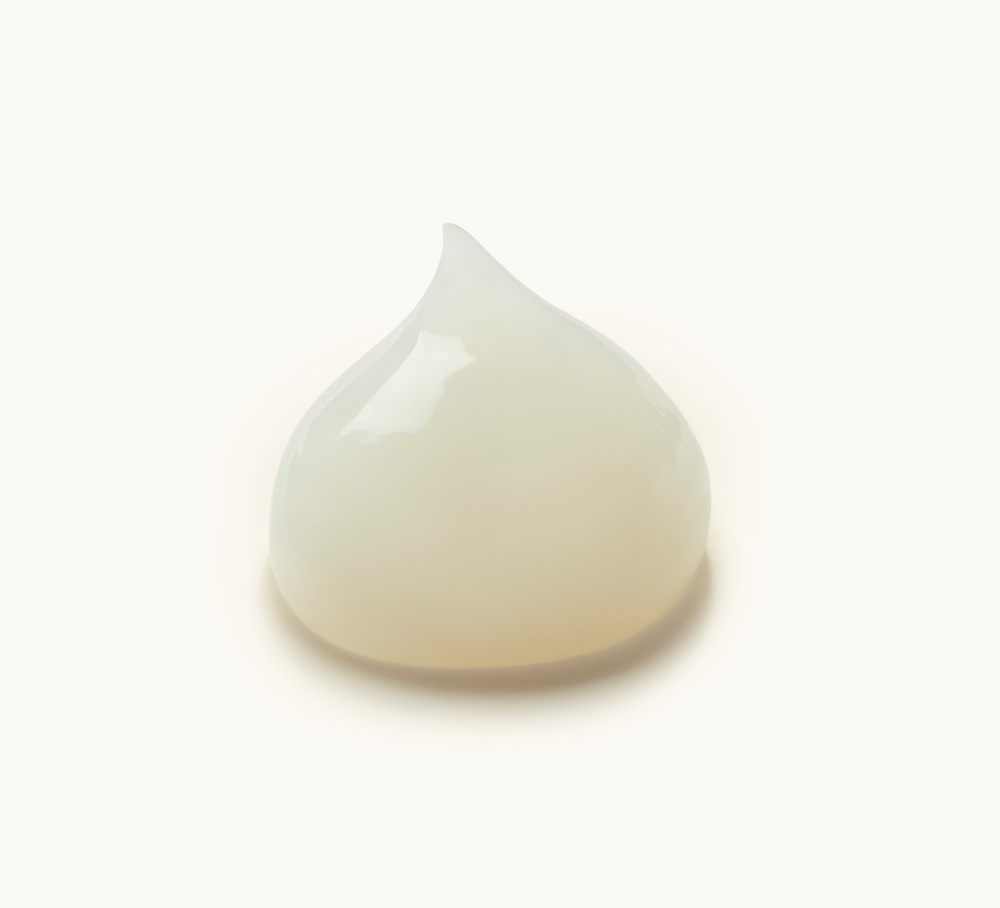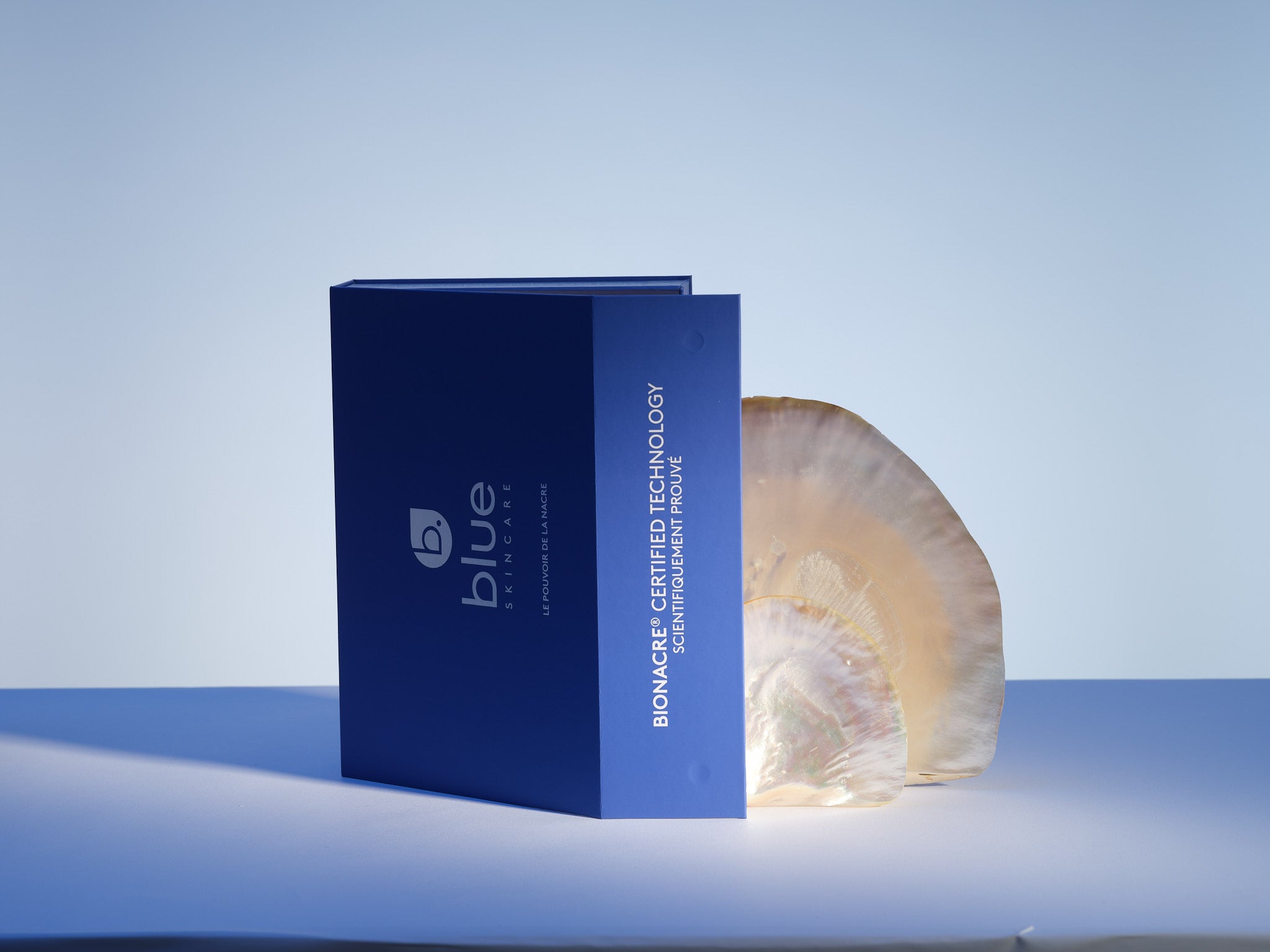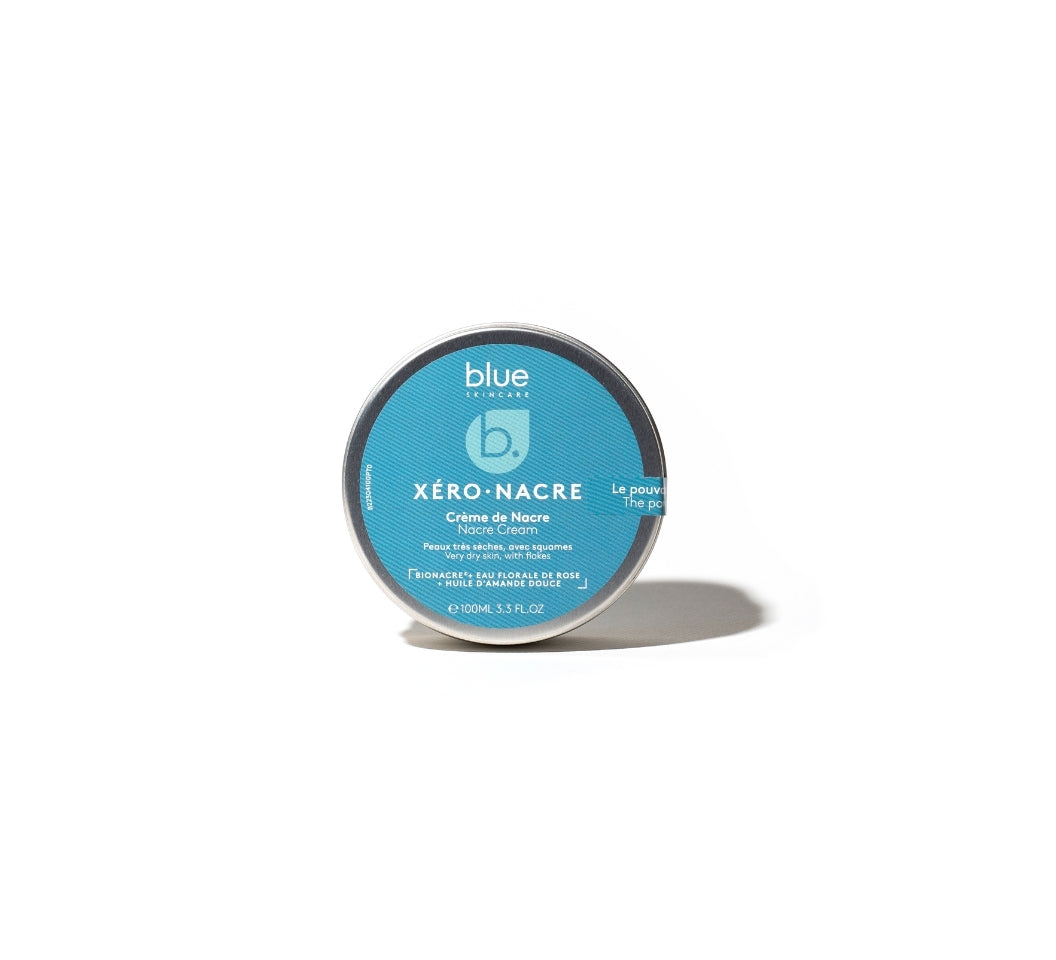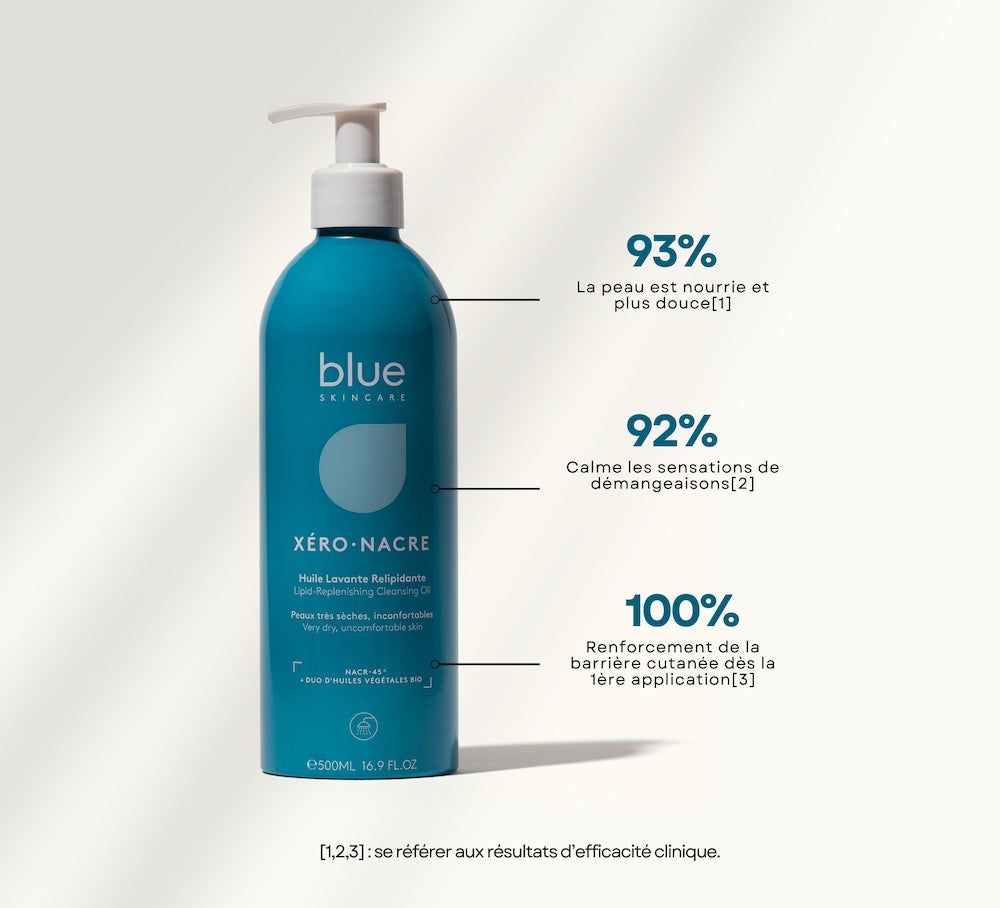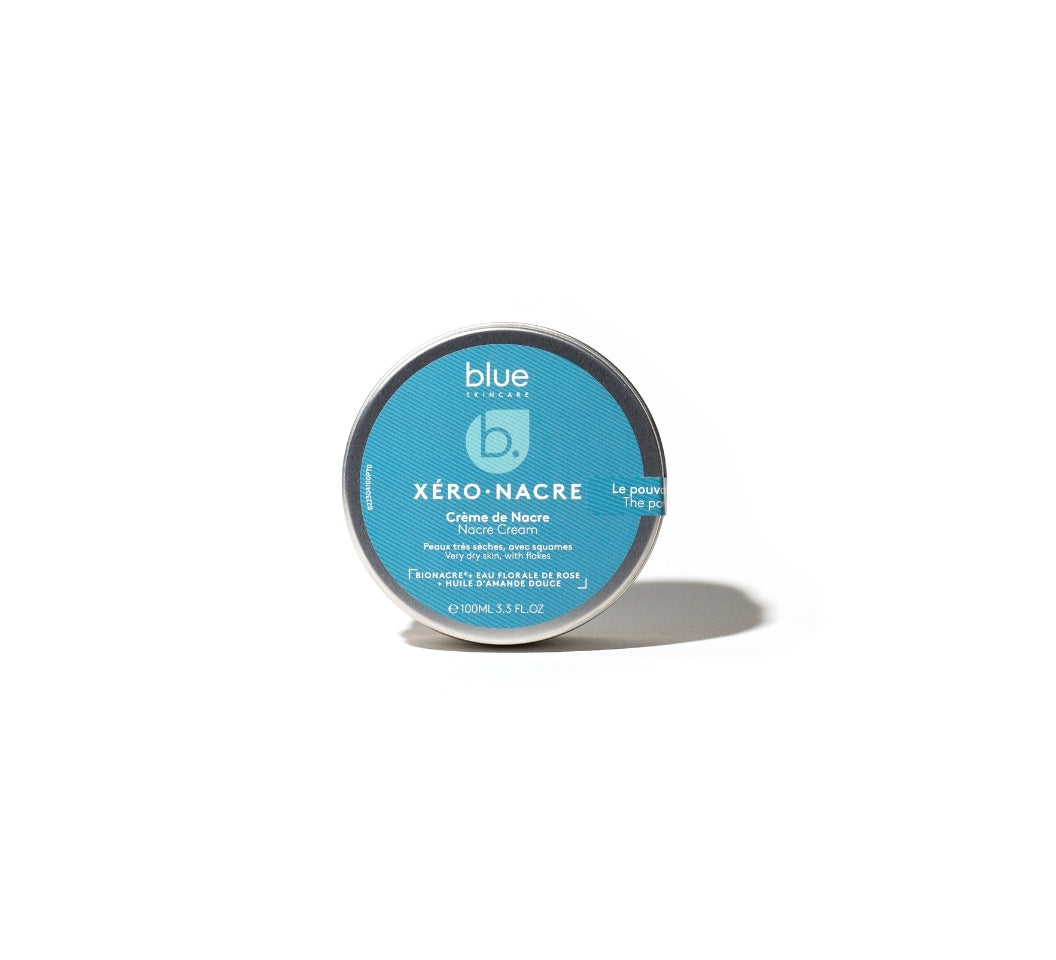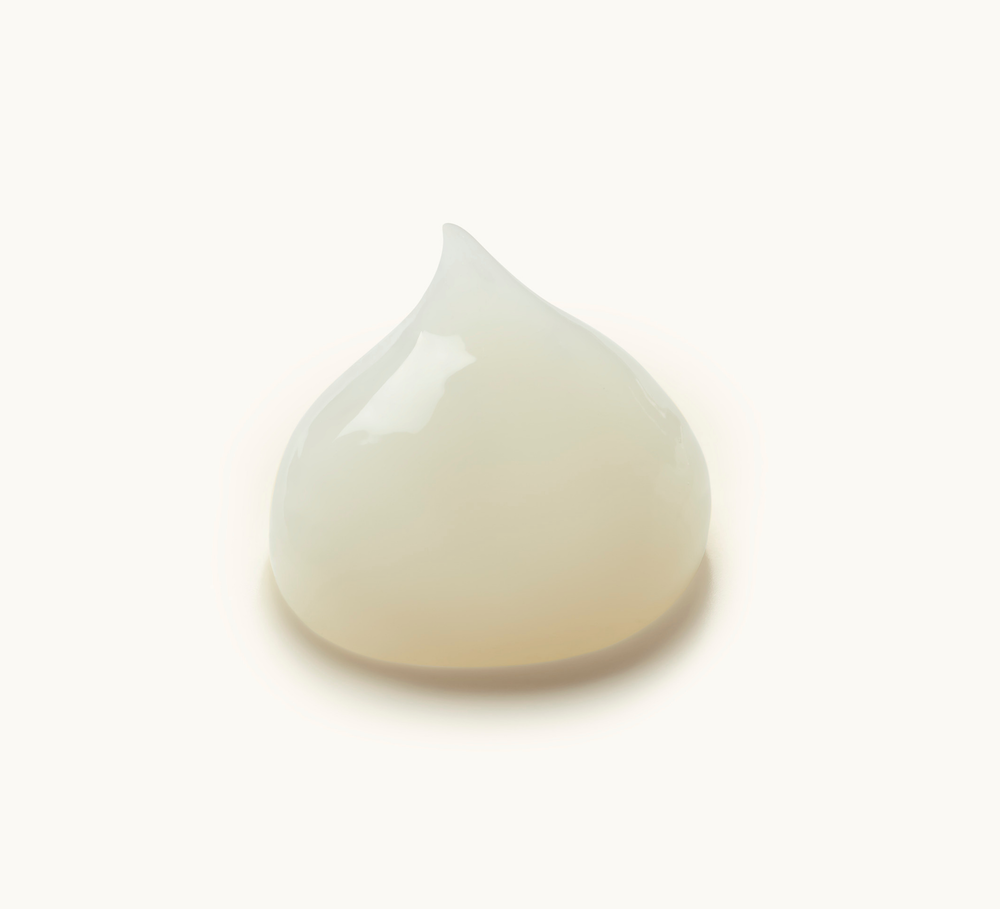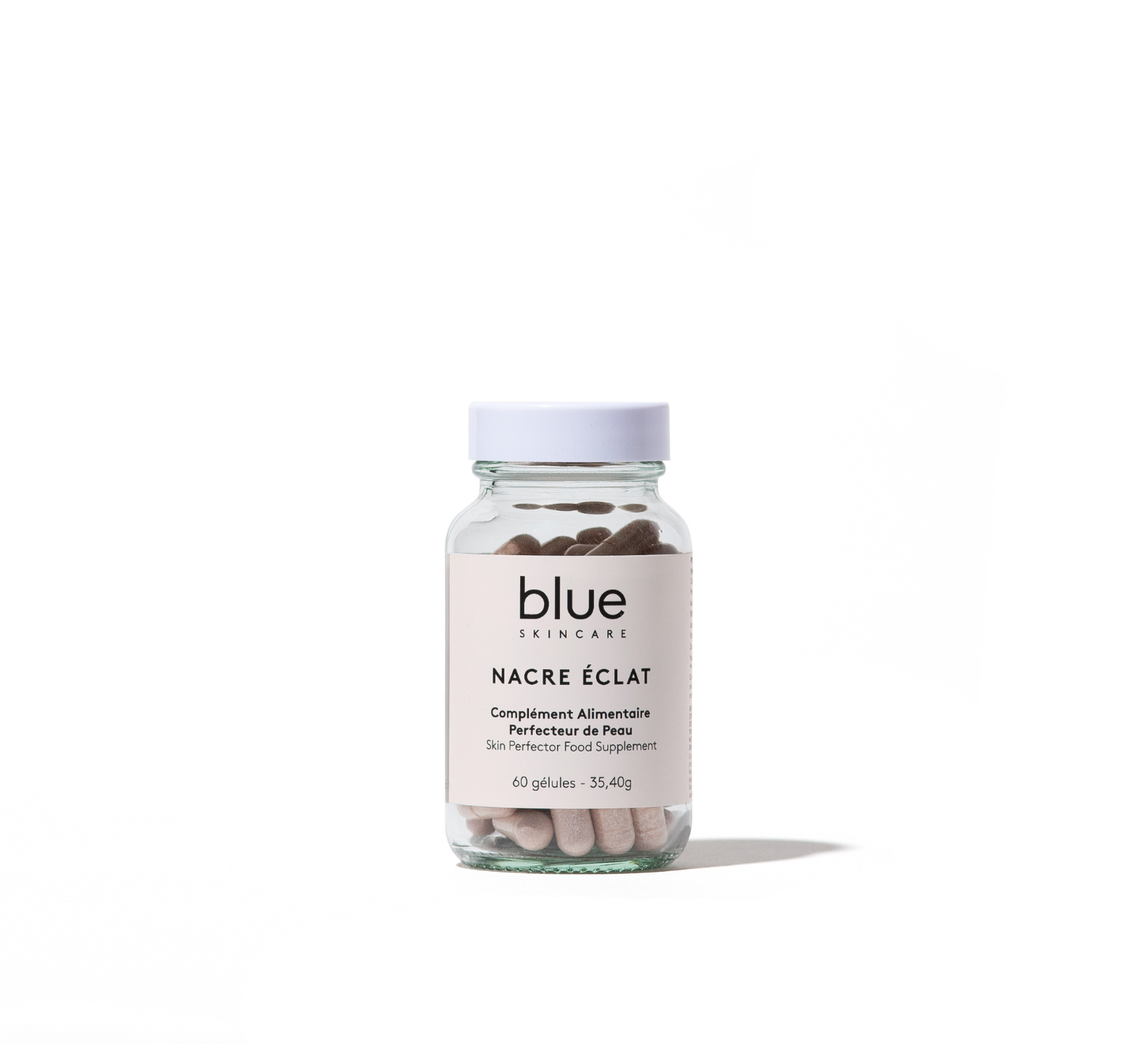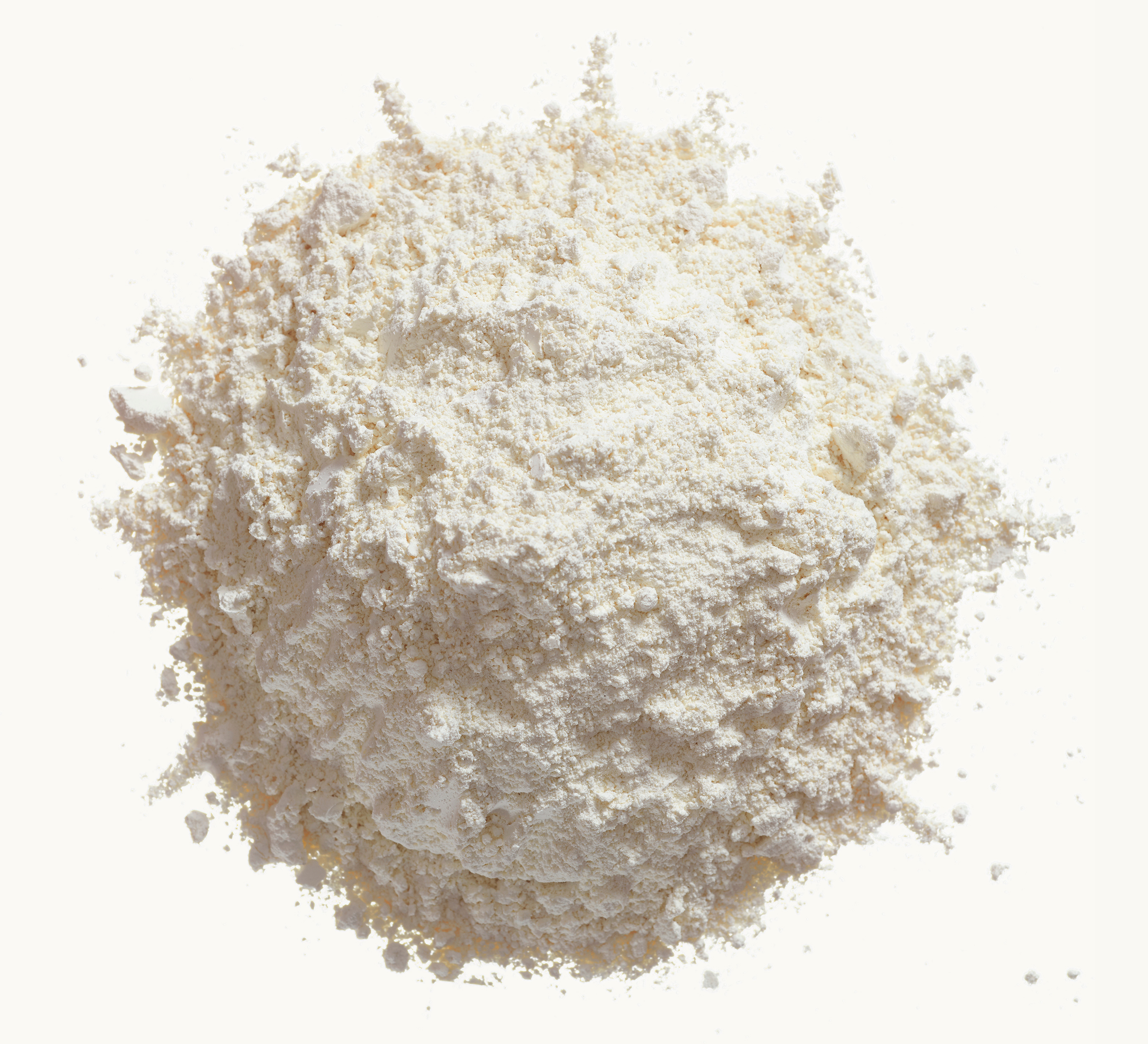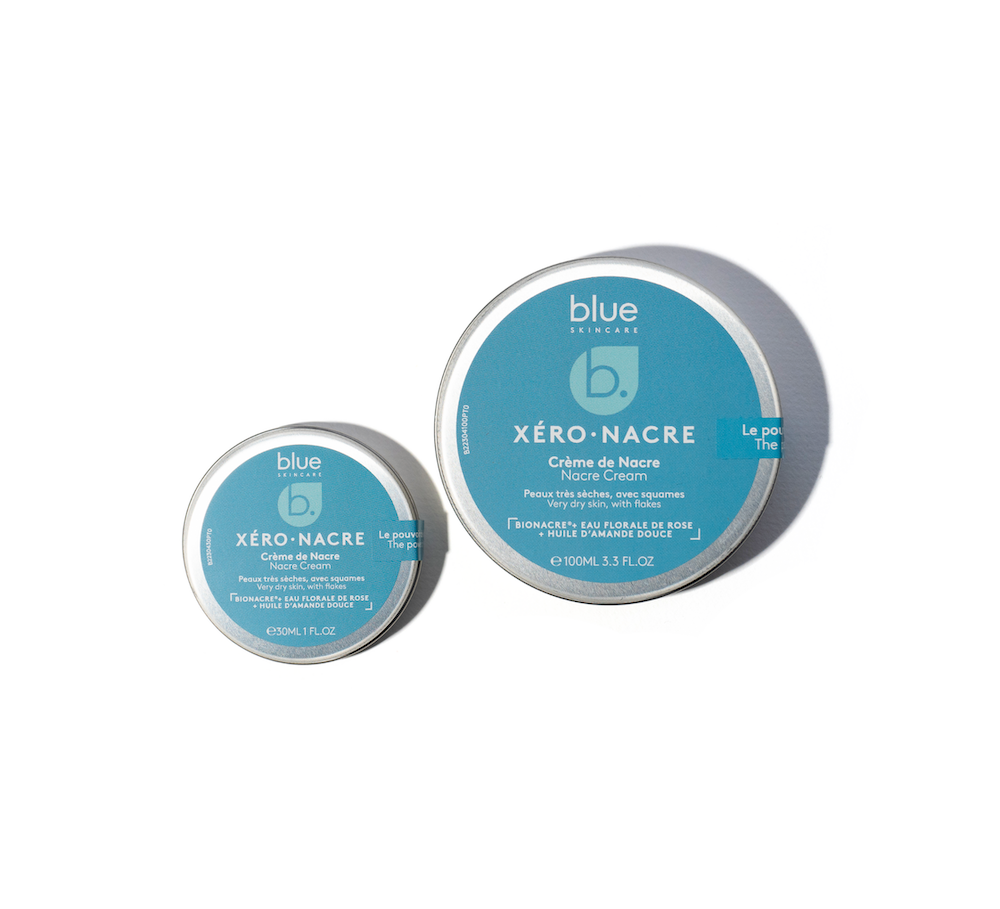When we talk about ecological damage , we mainly think of air pollution due to transport, or water and soil pollution due to waste . And we often forget the ecological consequences of what we eat. Because food is precisely linked to all these problems: transport, waste, but also destruction of nature due to globalized crops and the use of destructive pesticides.
Food and globalization
The food industry has become a monster as it has become globalized. Imports and exports and the gigantic size of markets have completely transformed the impact offood production on an ecological level. We consume food that has been produced on the other side of the world and is brought to us by cargo ships, trucks or planes, major emitters of greenhouse gases, sometimes for foods that could very well be grown at home but would be more expensive. This is how we find out-of-season products in hypermarkets that are cheap despite their long journey, in particular because on the other side of the world, the laws are less restrictive in terms of ecology, pesticides, etc. and labor is much cheaper. We can produce more and with greater margins even if the products travel, and even if this means sacrificing biodiversity and ethics by exploiting workers on gigantic farms that exhaust the soil and require a lot of resources, in water or energy. Obviously, as soon as we start to consume more locally , to pay attention to labels and the origin of products, we also reconnect with seasonality, with taste and awareness when purchasing.
Greenhouse gas emissions
In addition to the transportation of food produced, which emits greenhouse gases ( CO2 ), livestock emit other greenhouse gases that are even more powerful than CO2, such as methane (CH4) and nitrous oxide (N2O). We must also take into account the importation of food... for animals raised for their meat but also for their milk. The three largest meat and milk companies in the world (JBS, Tyson and Cargill) alone emit more greenhouse gases than France. Without the consumer being able to see it, the sources of GHG (greenhouse gas) emissions are multiple and there are those responsible at all levels of the chain. Because we must not forget the emissions due to processing, then packaging , marketing and even waste management at the end of the cycle. By having a global vision of all these branches, we realize how much the consumption of processed industrial products, meat or even imported products, contributes to increasing GHG emissions and, in fact, to the resulting global warming . This is an opportunity to return to a more local, more plant-based diet and to fresh products.
Terrible ecological assessment for meat

Increased meat consumption has a number of negative consequences for the planet. The massive "production" of animals, which therefore emits a huge amount of GHGs, particularly for beef and lamb, is above all very water-intensive: more than 10,000 litres of water are needed to produce a single kilo of beef. Far ahead of pork, which consumes around 5,000 litres, or chicken. But above all, far ahead of cereals, which require around 700 litres for corn and up to 1,400 litres for rice, which is still much lower. Our "water footprint" would therefore drop drastically if we reduced our meat consumption. But above all, around 40% of the cereals grown in the world are grown for these livestock. Millions of tonnes of cereals that could be used to feed entire populations but are instead given to animals. To get an idea of this excess, consider that it takes about 10 plant calories to produce 1 calorie of beef: we would feed many more people with these cereals than the meat that is produced thanks to them could ever do. Thus, we depreciate the capacity of these cereals to feed men by transforming them into a less nutritious food.
Deforestation for cereals and livestock
Finally, the high demand for land for livestock farming or cereal crops for livestock farming leads straight to deforestation: livestock farmers and farmers transform forests into pastures even in the Amazon rainforest, where entire plots of land are burned every day to plant soybeans for animals. When we know that overconsumption of meat is also bad for our health, this is one more reason to drastically plant our plates! Thus, deforestation for livestock farming or cereal crops for animal feed is a real scourge cleverly orchestrated by producers who want to sell more and more meat, whether steak or processed. This is particularly the case for soybeans grown in Brazil, which is one of the biggest factors in deforestation in the world. The Cerrado region has seen 50% of its savannah disappear for this reason, as have huge tracts of Amazonian forest, while they store CO2 and shelter treasures of biodiversity that are impossible to replace . Deforestation is responsible for around 12% of greenhouse gas emissions in the world . When we know that it is crops intended for animals that are the cause, the link between our meat consumption and ecology is obvious.
Still too much food waste

An interesting subject when we look at the ecological impact of food is to note that sometimes all the water consumed, all the pollution generated, all the greenhouse gases emitted, all the soil exhausted, all the packaging manufactured and the transport used have been for nothing! Yes, in our capitalist society where we must be able to consume everything all the time, we overproduce so as not to risk missing a sale. But these are so many perishable foods that are still edible that are thrown away every day. An intolerable waste when we know that the planet pays a high price and that people are also dying of hunger. It is the system and our habits that must be rethought: buy the right quantity, relearn how to transform leftovers, but above all reduce industrial food which has a huge waste rate, throughout its life cycle, from production to distribution and wastes in its wake tons of materials used to package it. Many apps and an anti-waste movement have emerged and provide solutions for buying unsold goods at a lower price or cooking using food as best as possible .
Agricultural land and intensive agriculture
The lands that were wild, or forests even if they are not primary like the Amazon forest, are breeding grounds for biodiversity and produce valuable regulatory effects for the planet. However, when man transforms them into crops, the entire ecosystem is destroyed. No more roots in the soil to retain water, no more hedges for small animals and birds, no more shade to regulate humidity, no more trees to absorb CO2 , no more insects… but pesticides that contribute to soil pollution and a plowing of the land that is terribly harmful to its biological and bacteriological balance . Soils are an increasingly precious natural resource as their naturalness disappears with the expansion of crops. By consuming organic, we spare the earth the use of pesticides, but we do not preserve it from intensive plowing that the organic charter does not prohibit. To do this, you need to find farms that practice organic soil conservation agriculture, often family businesses with enthusiasts dedicated to good ecological agricultural practices.
Overexploitation of the oceans

We are beginning to know it, but the fishing industry has a very bad impact on marine life and ecosystems because of destructive techniques and overfishing. The EU has finally banned electric fishing (from 2021) and deep-sea trawling which, by scraping the ground to harvest everything that lives, is responsible for the uprooting of corals but also for an astronomical quantity of so-called accidental catches. The "longline" used for tuna, consists of a line of hundreds of hooks and indiscriminately catches turtles and sharks that do not survive.
According to the WWF, 38 million tons of marine animals are recovered by accident, which represents 40% of global fishing!!! As for certain species, the figures are incredible: for 1 kg of shrimp, between 5 and 20 kg of "by-catch" are caught! ( Fish Forward ). However, it is impossible to control fishing everywhere and all the time, and aggressive techniques with increasingly powerful and over-equipped vessels leave little chance of survival for marine beings in their area. Trawlers practice large-scale fishing, not always selective, which amounts to killing hundreds and thousands of specimens for nothing, which they then throw overboard... We fish badly and in quantities far greater than what the sea can provide in terms of renewal. This process leads to the depletion of certain fish populations, and consequently to a disruption of the balance linked to the food chain, which is disrupted.
The agri-food industry
Finally, beyond the production of fresh products, fruits, vegetables, dairy products, there is processed food. Assembled, cooked, frozen, food has changed a lot and has become "products" whose origin is sometimes difficult to recognize... Each preparation requires the use of energy in factories, resources, and produces waste . Then there is the transport, of course, which adds to the bill, as well as the over-packaging, and we can say that these are the products that, with their expiry dates taken according to a quasi-hygienic precautionary principle, are the most thrown away by supermarkets. Not to mention that industrial foods that use chemicals to create flavors and give taste, are often saturated in sugar, salt, and made from by-products. In short, bad for the planet, bad for health, in reality it is almost impossible to have a responsible diet when you shop at the supermarket...
The concrete boycott
There are brands whose poor production methods are now well-known, but also products and foods whose ecological impact is disastrous. Palm oil is sadly known for being produced using crops that are often wildly deforestation and that directly deprive orangutan populations of their habitat, which kills them. The Coca-Cola brand also draws water from groundwater all over the world, depriving the population of drinking water. This is the case in Mexico in particular, where the consumption of sodas has triggered an epidemic of diabetes and obesity. Finally, avocado cultivation , which is very water-intensive, is located in countries that lack it, combining the depletion of this resource with its distant importation. Another example: cashew nuts harvested by hand by poor populations who burn their skin because of the toxic substances in the fruit. Becoming aware of the direct effects of our consumption on the planet allows us to make other, more virtuous choices and thus boycott certain products. Let us never forget that only what is bought is sold...
5 steps for a more ecological plate




- Eat less fish and meat
- Buy locally and locally (AMAP, baskets, etc.)
- Boycott food multinationals
- Buy in bulk and in season
- Avoid processed foods and cook
Ecology is also on the plate, or rather in the shopping cart, or even in the basket. It is urgent to reconnect with the natural diet of man which is more plant-based than that of today! We are not made to eat meat 4 times a week, nor dairy products every day, and neither is the planet. Vegetalizing your diet, localizing your purchases and revaluing food by getting them from conscious producers allows you to guide the market, and above all to give your money to those who need it.
Pay a fair price for food and avoid big polluting brands that poison us with their cheap junk food!

